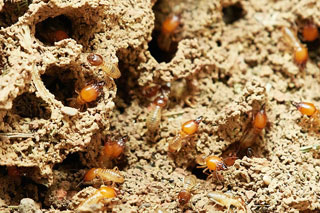Inadequate sub floor ventilation is a major cause of rising damp.
Sub floor ventilation is inadequate.
Where there is inadequate air flow and therefore poor ventilation the air flow may need to be forced using a professional underfloor fan.
High moisture levels in these areas promote fungal decay and other timber pests such as termites.
You can usually identify rising damp by a tide mark on the lower part of affected walls.
Due to the enclosed foundations with dwarf walls and solid internal walls it is usually difficult to access the subfloor area.
The most basic sub floor ventilation are vents built in when the house is constructed.
Mould is one of the most common allergy triggers for asthma.
Sub floor ventilation is inadequate which may have allowed defects to occur.
Sub floor ventilation under your home can be hindered if the area has become too small has been blocked by new concrete slabs inadequate amount of external vents or blocked external vents.
When you see grass and other vegetation growing from inside the wall or soil building up it is a clear indication of an underlying problem with sub floor ventilation.
Unfortunately poor subfloor ventilation can also effect your health.
If you enter a building and you smell a musty odour it may be because of a sub floor ventilation problem.
Common signs of a lack of sub floor ventilation include.
There is nowhere for the excess moisture to go so the damp rises up the walls.
Some buildings have very little subfloor ventilation.
Signs of inadequate sub floor ventilation.
If ventilation is poor a quick inspection of the vents can sometimes reveal why.
A sub floor is the structure and crawl space between the lowest floor and the ground.
Insufficient subfloor ventilation can lead to higher moisture levels in the unprotected underside of flooring general dampness in the house and other problems such as cupping of the top surface of floorboards due to a lower moisture content on the upper surface than the lower surface of the boards.
Inadequate underfloor ventilation can lead to an accumulation of moisture in the sub floor meaning mould rotting and structural weakness.
Even worse killing mould can be extremely difficult.
This in turn can cause structural and health problems for the home and it s occupants.
It also contributes to respiratory problems and illnesses.
How sub floor ventilation systems work.
Dampness mould musty odours in living rooms or wardrobes rotting timber floorboards convex of.
The other main problem area we deal with is inadequate subfloor ventilation.
You should instruct a timber treatment contractor to investigate the full extent and carry out the necessary work i m guessing the defects in question would be wood rot but what s the likely cost of getting the ventilation from inadequate to adequate.

